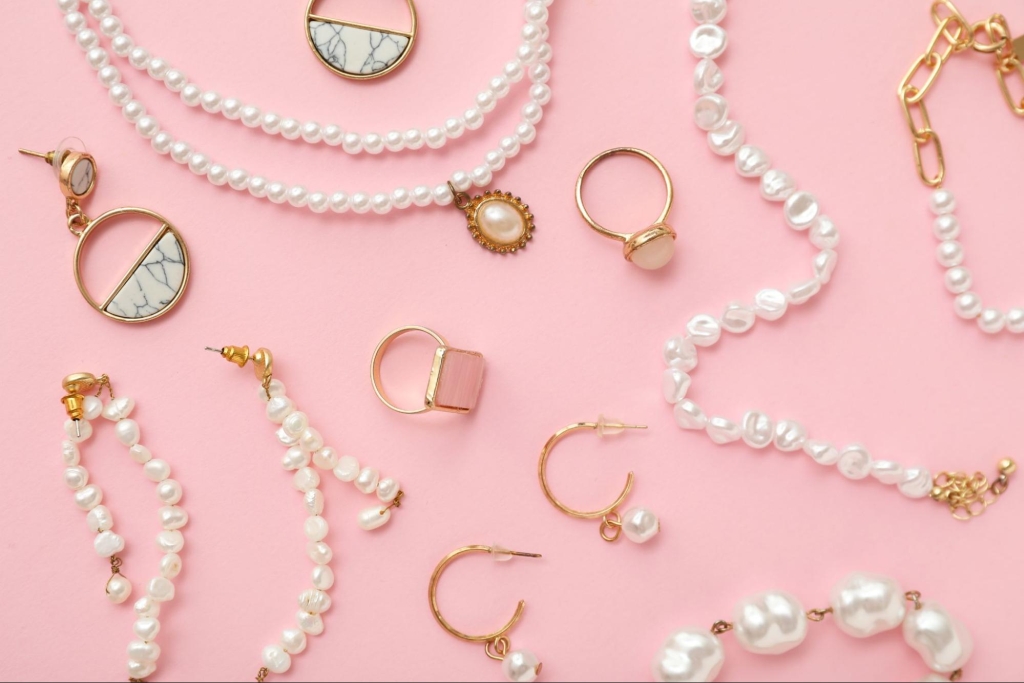However, for someone who doesn’t usually wear these unique gems, you may not know what you’re getting into. Styling and properly maintaining them during the summer months can be challenging. That’s why we’ve rounded up our favorite facts, tips, and tricks about pearls. After reading this blog, you’ll be a pearl jewelry pro.
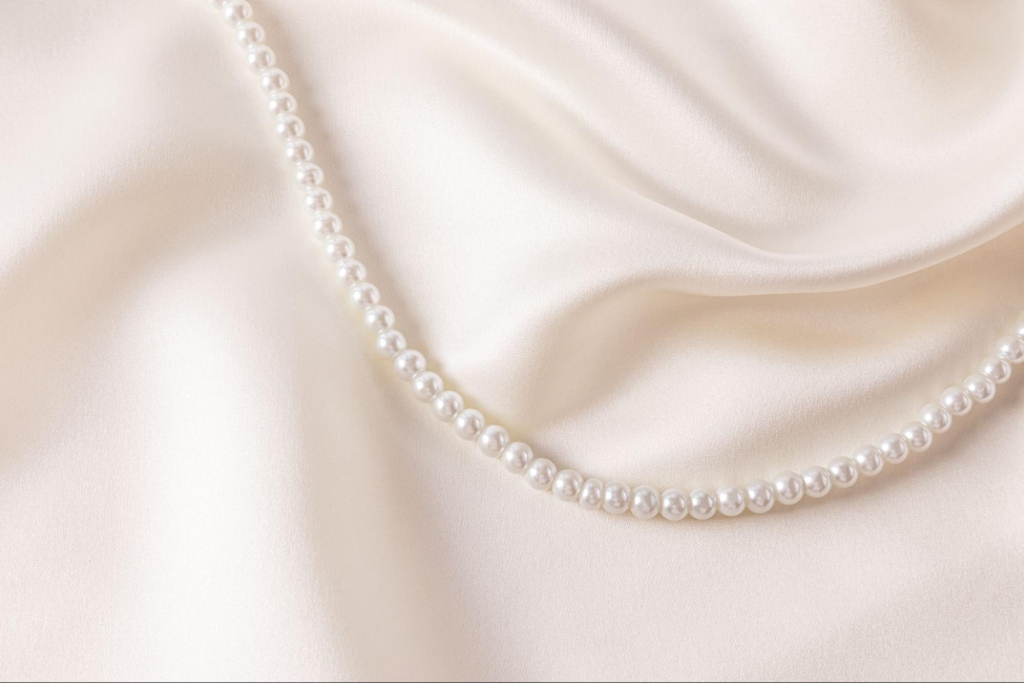
History of Pearl Jewelry
Pearl jewelry has been around for thousands of years. The earliest piece of pearl jewelry was a necklace discovered in the sarcophagus of a Persian princess living around 520 BC. Since then, pearl jewelry has been popularized in many different periods, including ancient Greece, Tudor England, and the present day.These pearls were natural pearls, or pearls that were taken from mollusk shells. For thousands of years, the only way to obtain pearls was from mollusk shells at the bottom of the ocean. This was a hazardous and difficult job because divers did not wear any sort of protective gear or oxygen masks, meaning every trip down needed to be completed on one breath of air.
This changed during the turn of the 20th century when the commercial culturing of pearls became popularized in Asia. These commercial farms produced many more pearls at a much faster rate than obtaining them through mollusk shells, and as a result, pearls became much more affordable. In addition, pearl farming has become much more ethical and sustainable, and many leading farmers are committed to ethical sourcing and care of the oysters that produce the pearls.
Pearl Jewelry 101: Different Types of Pearls and How to Choose Them
Today, there are both natural pearls and cultured pearls. Natural pearls do not involve any human intervention and are produced organically by wild mollusks and oysters. Cultured pearls, on the other hand, are created within pearl farms, which are special freshwater farms with oysters that are managed and cared for by human farmers.Natural pearls are incredibly rare and hard to obtain, while cultured pearls are far more affordable and are widely available. There are four main types of cultured pearls, each with its unique characteristics and area of origin.

Akoya Cultured Pearls
When you think of pearls, it’s likely the type you are thinking of is an Akoya. They originate and are harvested in Japan and China and are the most common type sold in Western markets, including in the United States. Many Akoya pearls are white or cream, giving them the appearance of what many consider to be a traditional pearl. Akoya pearls are very round, have an almost mirror-like luster, and are typically 5-9mm in size. Because of their elegant look, these pearls are most commonly used in single-strand necklaces and other classic jewelry.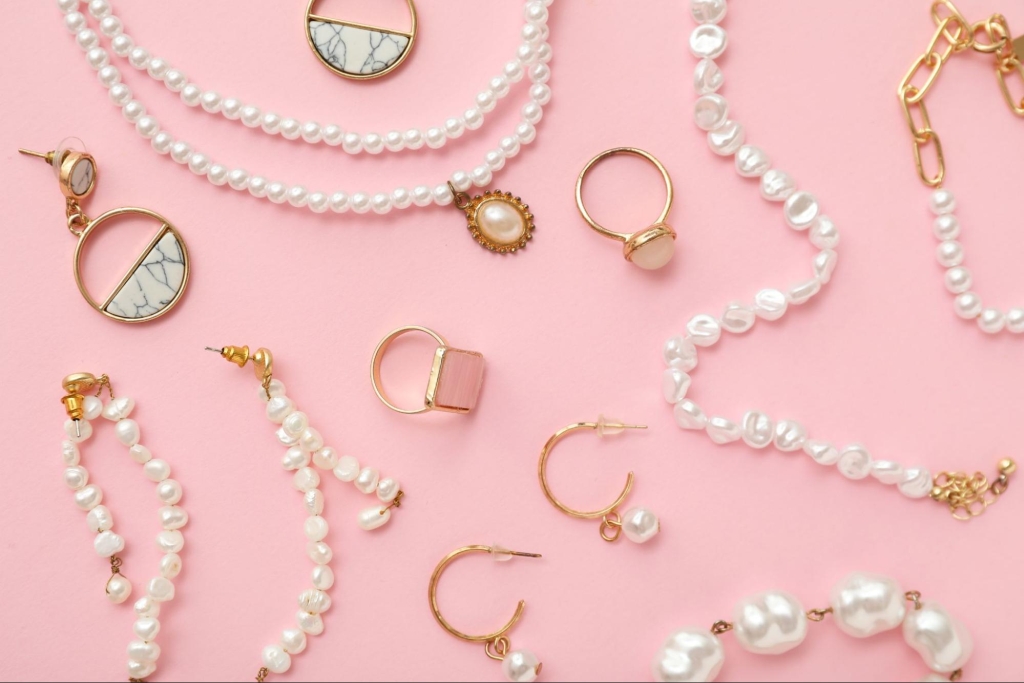
South Sea Cultured Pearls
South Sea cultured pearls are typically from Australia, Indonesia, and the Philippines. These pearls are less common than other types of pearls and range in size from 9-20mm. South Sea pearls come in a range of colors, including white, silver, and gold. Golden South Sea pearls are incredibly uncommon, making them one of the most expensive pearls on the market. All South Sea pearls have a softer luster, reminiscent of satin, and are usually used in luxury jewelry and statement pieces, as they are very eye-catching due to their size.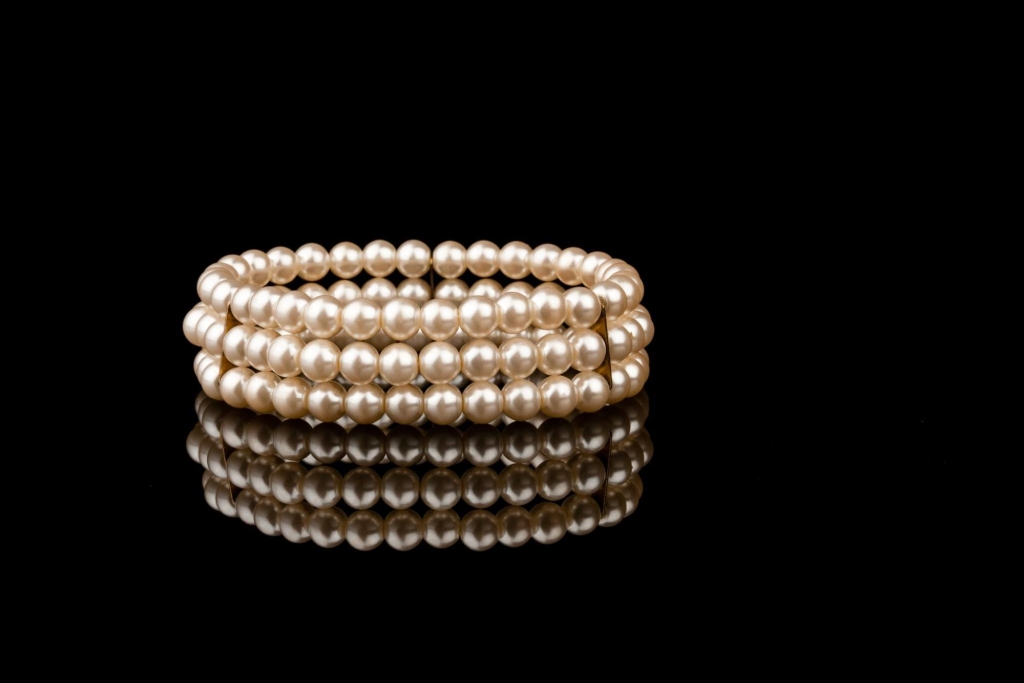
Tahitian Cultured Pearls
Tahitian cultured pearls are grown and harvested in French Polynesia, mainly around Tahiti. What makes Tahitian pearls truly unique is the wide variety of shapes and colors that they come in. These pearls are naturally darker than other pearls, typically coming in shades of black, green, and grey, and they can be shaped round, drop, oval, and baroque (an oblong shape similar to a drop). Because of the great variety of colors and shapes these pearls naturally come in, they are one of the more expensive options for pearls. However, these pearls are sure to turn heads on any piece of jewelry they are worn on.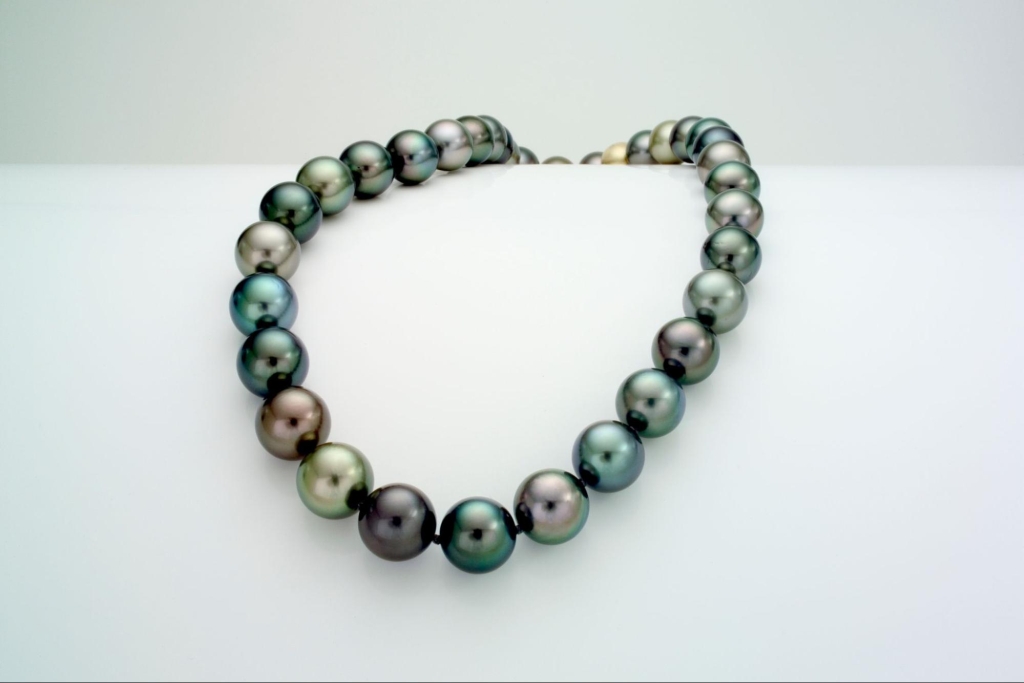
Freshwater Cultured Pearls
Freshwater cultured pearls are the most affordable pearls on the market. These pearls are grown and harvested in lakes and rivers in China and are naturally much smaller than other pearls, usually 4-14mm in size. Freshwater pearls are naturally shades of white, pink, and occasionally purple, but may be dyed to achieve other colors. While their natural luster is softer than an Akoya, Freshwater pearls still have a very high luster point and are sometimes treated to be even shinier These pearls make a great addition to any casual, everyday style and are great for jewelry enthusiasts on a budget. Freshwater pearls are typically used in earrings, bracelets, and pendant necklaces.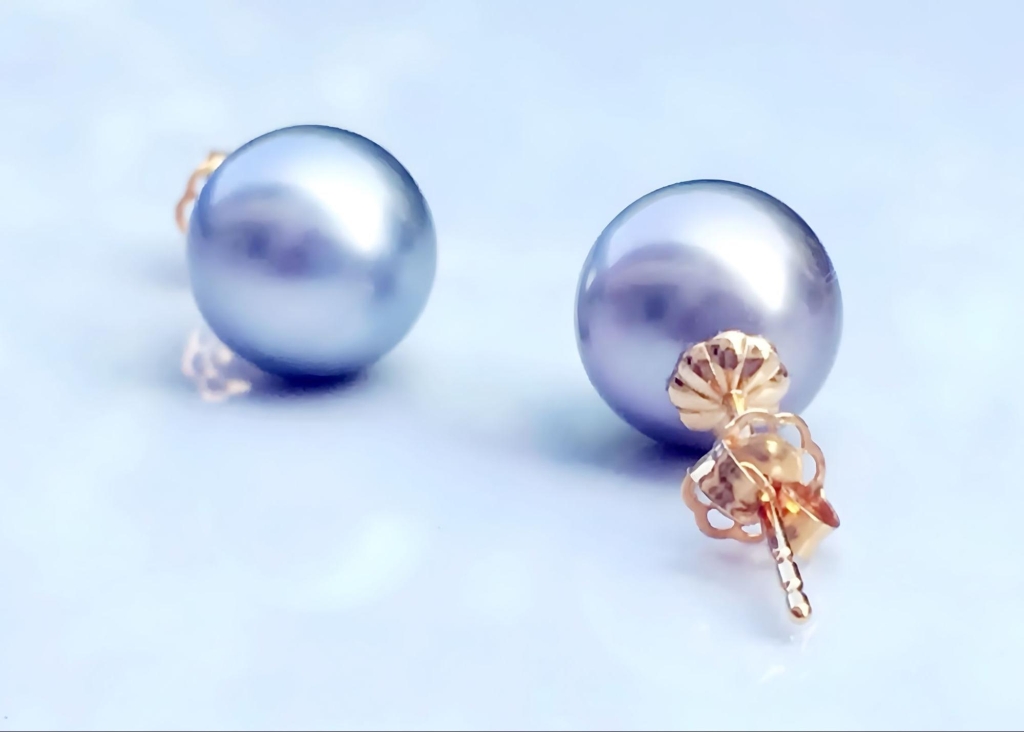
How to Style Pearl Jewelry in the Summer
There’s a lot of flexibility when it comes to styling these pieces during the summer. One easy way to wear pearls is with a pair of pearl stud earrings. Pearl stud earrings are a great way to keep your jewelry simple yet elegant. They’re not too flashy and are one of the most affordable ways to incorporate pearls into your jewelry. These stud earrings are great for a casual summertime outfit, but if you’re looking to incorporate pearls into more formal attire, consider a necklace with pearls instead.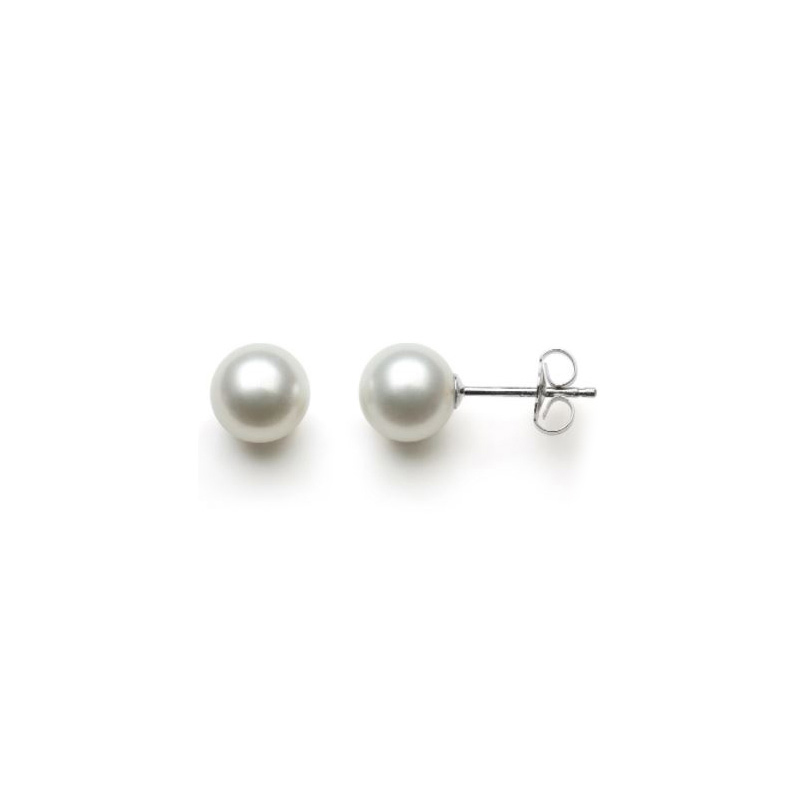
There are many different styles of pearl necklaces: if you want an expensive, elegant necklace, you may like a strand necklace. However, if you are looking for a more minimalist piece, we recommend a pearl pendant. These pieces still have the same level of sophistication but are more subtle and typically more affordable than a strand necklace.
We recommend pairing pearls with warmer metals during the summertime, such as gold or rose gold. These metals can warm up any skin tone and look much better on nearly every complexion during the summer. Cool-toned metals such as silver or white gold can wash out appearances and make the gems in your jewelry “pop” less. It’s important to know what looks good on you, though. Even though warmer tones typically look better in the summertime, many people wear cool tones year-round because it jives well with their skin tone. Ultimately, there is no one-size-fits-all rule for jewelry, and the most important thing is to try out new pieces and styles to see what works best for you.
Pearl Care and Maintenance
It’s important to take care of your pieces of pearl jewelry because of how delicate they can be. Avoid wearing the same piece of every day, as repetitive wear can lead to a buildup of products and body oils, causing your pieces to become damaged. In addition, make sure to wipe the pieces down with a soft, dry cloth after wearing them and before storing them. This will remove any makeup, sweat, or oils from your jewelry and keep it looking pristine for much longer.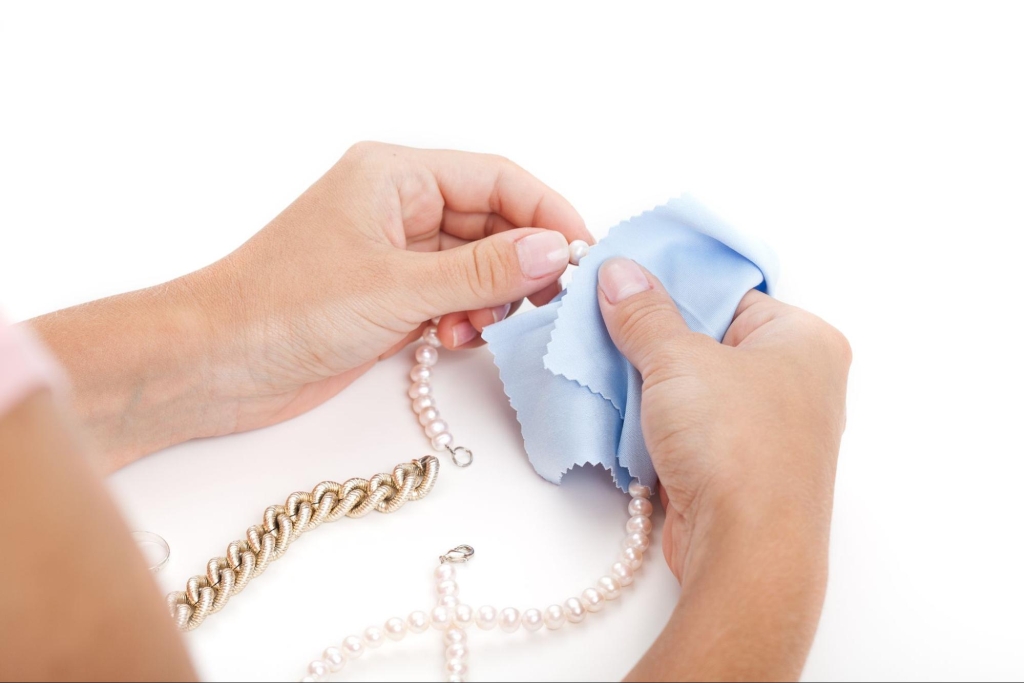
When storing your pearl jewelry, be sure to hang it up or keep it in the box it came in, separate from other jewelry, to prevent the pearls from rubbing against each other and potentially causing damage. Pearls are a relatively soft gemstone, ranking between 2.5–4.5 on the Moh’s scale of hardness. They can be scratched quite easily by other pearls, or by other jewelry made from harder gemstones and metals.

